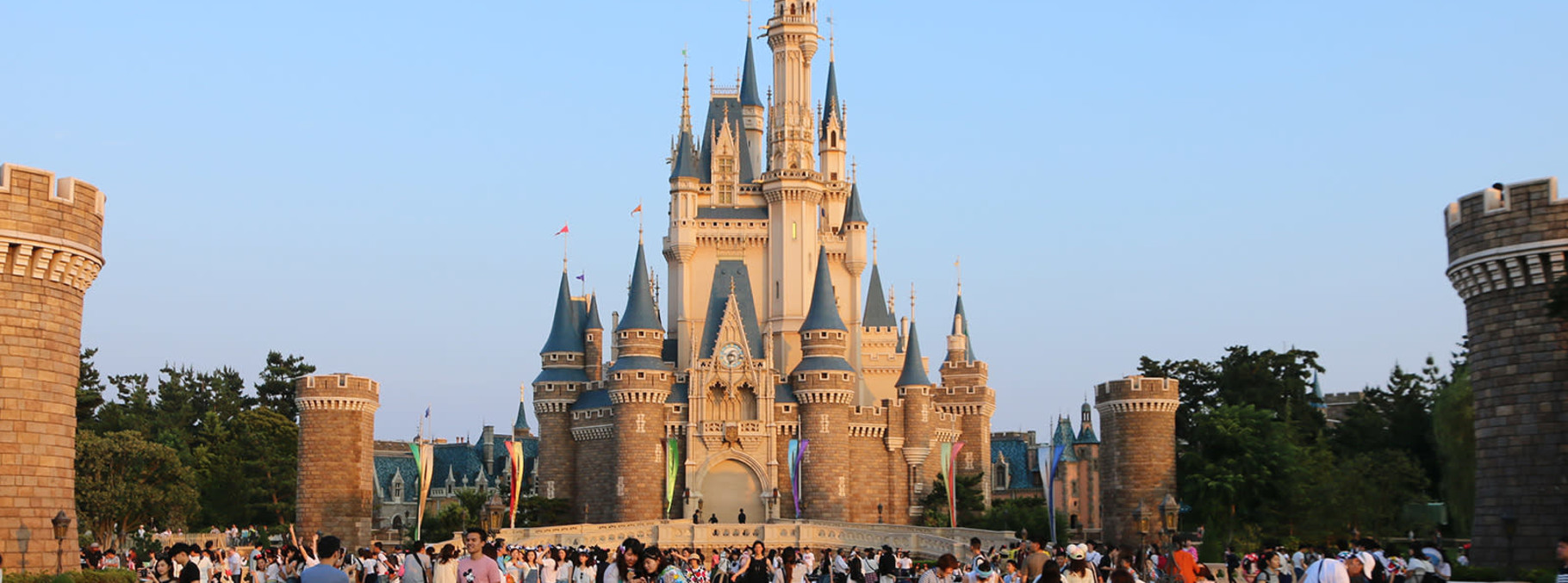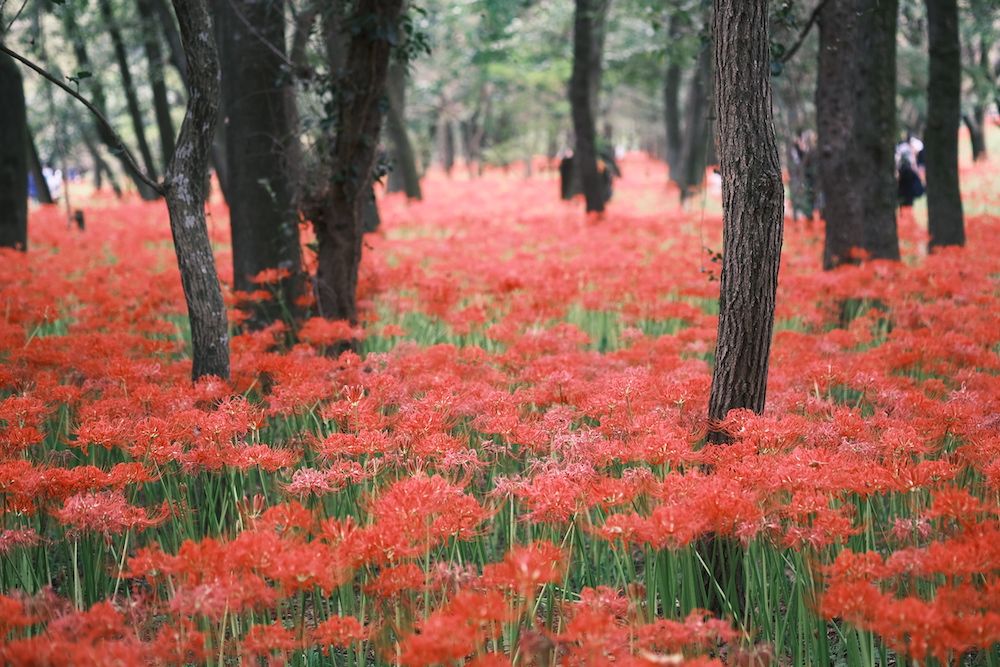
In the embrace of September's chill in Japan, nature showcases one of its most vibrant spectacles. As autumnal days unfurl, the higanbana (red spider lily) unveils its deep crimson hue. Often regarded by the Japanese as the flower of happiness, despite its occasional association with the departed, this mesmerizing bloom captures hearts and imaginations. Keep reading this feature to delve deeper into the allure of the higanbana.
What does the flower look like?
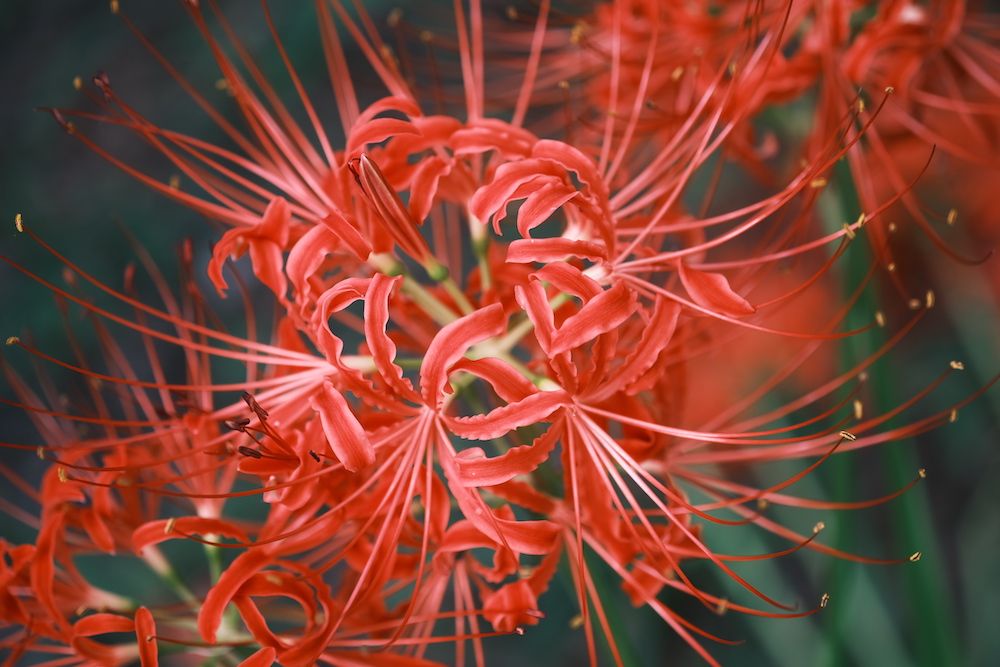
The red spider lily is a striking flower. It predominantly displays a vivid red hue, although there are occasional white and blue variants. The bloom features long, lobed petals that radiate outward, giving it an elegant appearance. At its center, elongated stamens jut out prominently. Both the petals and stamens possess a graceful curvature. The plant boasts a slender, green stem that can grow up to a meter tall. From a distance, the arrangement and shape of the flower's petals and stamens give it an uncanny resemblance to a spider, which is the inspiration behind its English name, the red spider lily.
When do the flowers bloom?
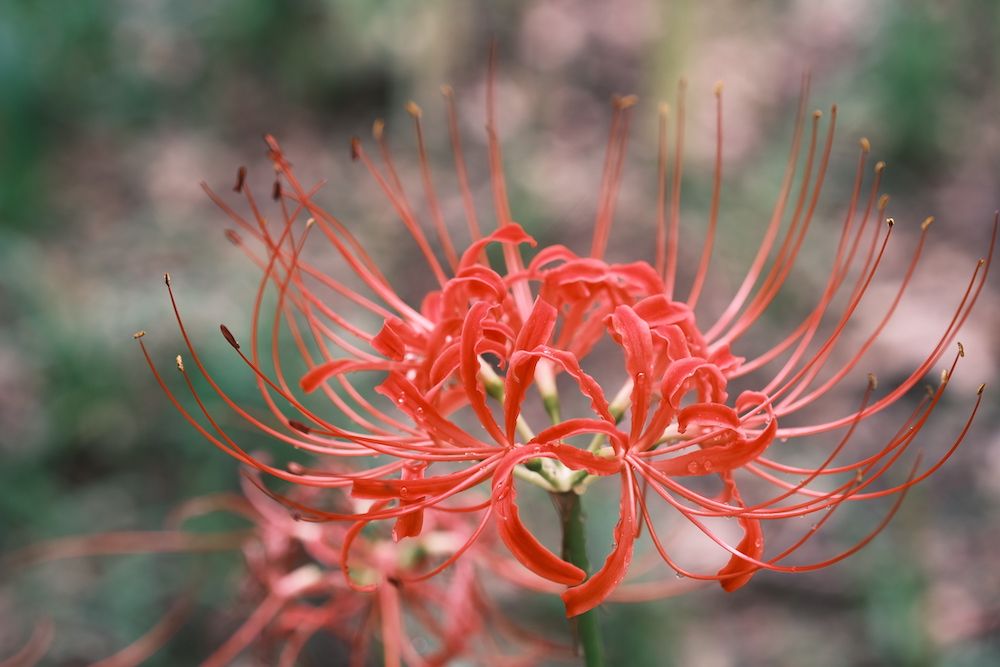
Higanbana flowers grace the landscape during the autumn season, specifically from mid to late September. This period aligns with the vernal equinox, spanning seven days, a time often referred to by the Japanese as Higan (彼岸). Traditionally, this is a period of ancestral worship, rooted in the belief from Buddhism – which originated in India – that during these days, the spiritual world comes closer to our present realm. As the flower typically blooms during this significant time, it has been aptly named Higanbana, a combination of higan and bana (flower).
Known as the "flower of death" in Japan
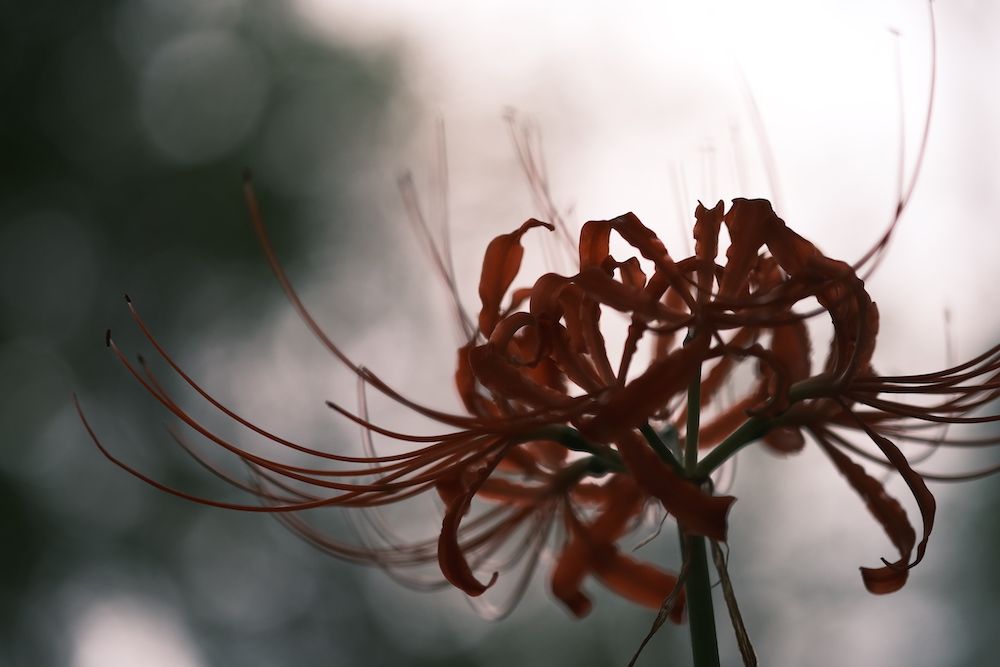
Beyond its association with the days dedicated to paying respects at the graves of ancestors, higanbana carries profound symbolism in the language of flowers. Its red color bears a resemblance to droplets of blood. Moreover, the flower's likeness to a spider creates an aura of mystery around it.
Historically, this flower had practical uses as well: it was planted in cemeteries and rice fields as a deterrent for pests. This wasn't just due to its vibrant color or spider-like appearance. The higanbana, while beautiful, is also toxic. Consumption can lead to severe symptoms like diarrhea and vomiting, and in extreme cases, even death.
Two Distinct Names
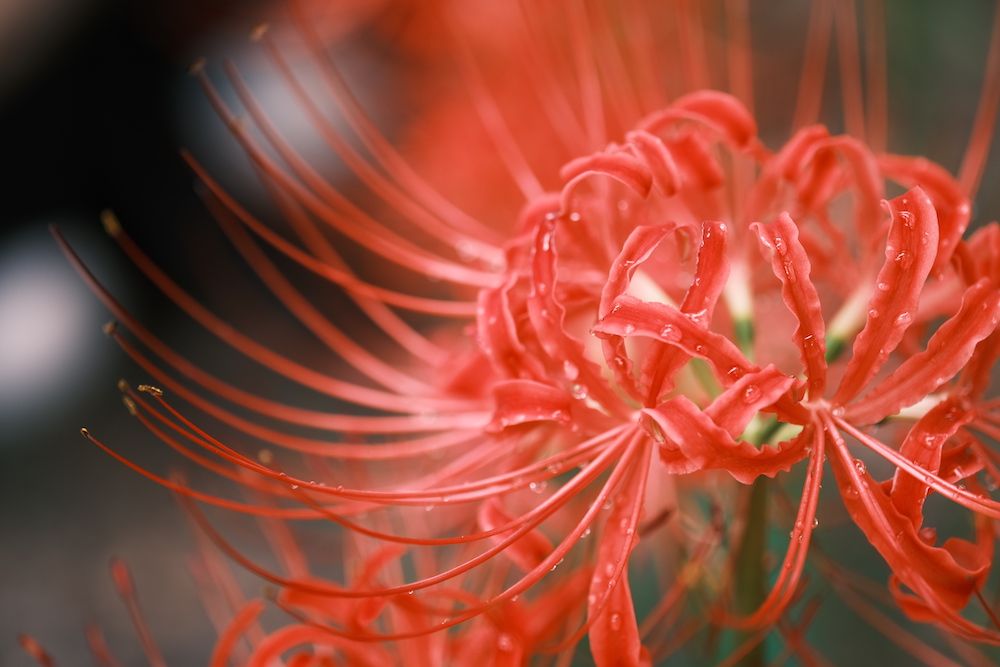
While higanbana (彼岸花) is a commonly recognized name, in certain regions, this flower bears another title: manjushage (曼珠沙華). This name stems from Sanskrit, a nod to ancient Buddhist scriptures. According to the Buddhist Tripitaka, the name "manjushage" refers to celestial flowers, implying joy and divinity. These flowers are believed to descend from heaven, sprinkled during moments of celebration and auspiciousness. The name exudes an aura of positivity and happiness. This stands in stark contrast to the more somber undertones associated with its other name, higanbana, linking it to the realms of death and the afterlife.
Kinchakuda Manjushage Park: A Sea of Higanbana
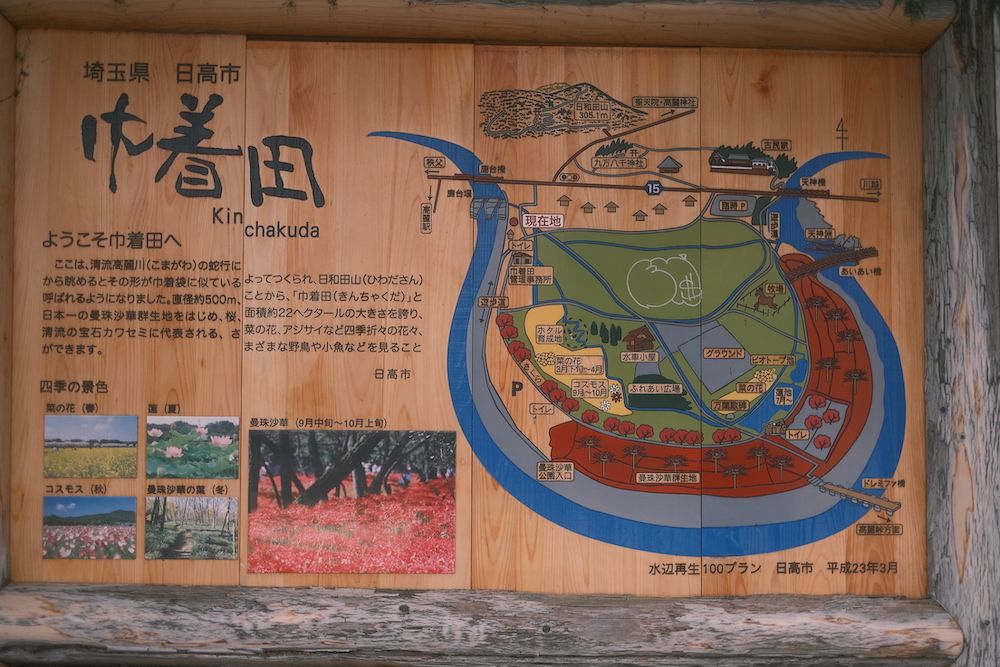
Located in Saitama prefecture is the Kinchakuda Manjushage Park (巾着田曼珠沙華公園). A sprawling expanse covering 22 hectares, the park boasts an astonishing 5 million higanbana flowers. The park's design resembles a traditional Japanese drawstring pouch, known as a kinchaku-bukuro (巾着袋). This unique shape, coupled with the river that gracefully envelops the flower garden and adjacent rice fields, gives the park its distinctive name: Kinchakuda (巾着田) Manjushage (曼珠沙華). Reliable as clockwork, the manjushage flowers bloom from mid to late September each year. Unlike other blooms, the flowering of the manjushage is steadfast, undeterred by varying weather conditions.
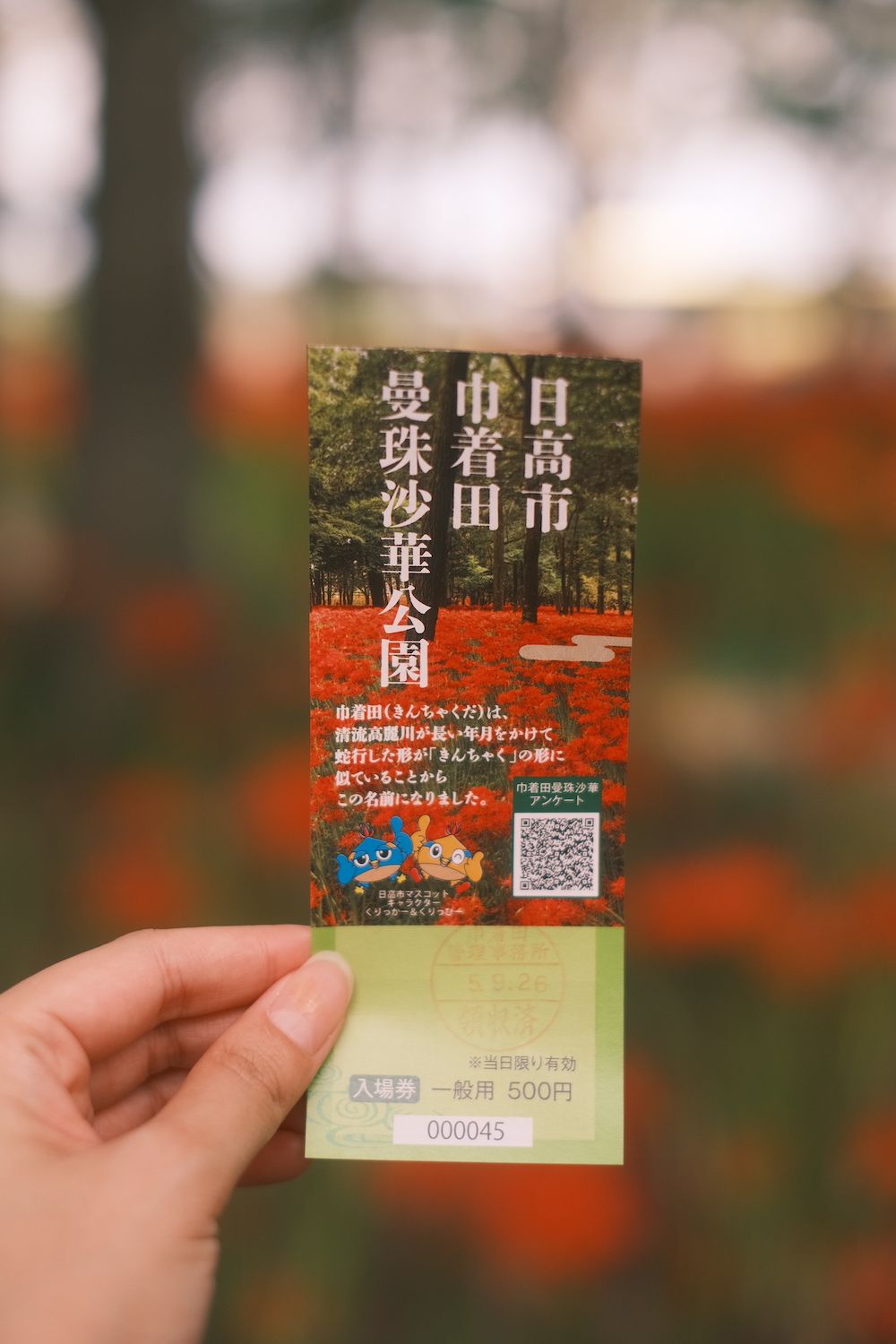
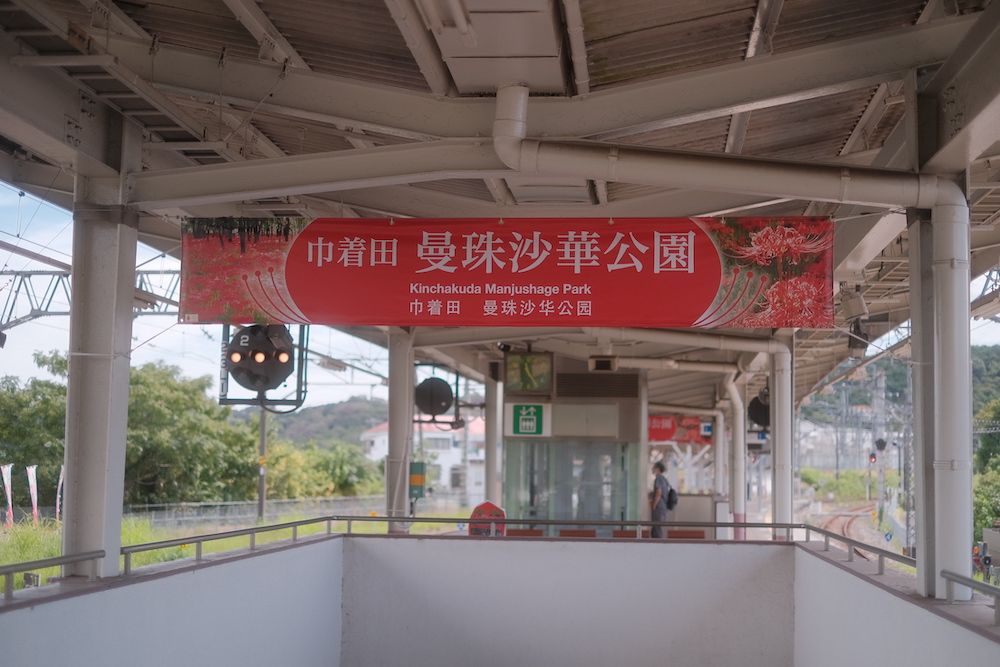
Adding to the park's allure, the annual Manjushage Festival is a must-visit event. Rain or shine, the park promises a stunning spectacle. The manjushage flowers, in their rainy resplendence, might even seem more enchanting. No matter the skies' mood, Kinchakuda Manjushase Park beckons visitors to lose themselves in its timeless beauty.
Entry fee: 500 yen
Opening hours 9:00-16:30
Access: 10-min walk from Koma Station on the Seibu-Ikebukuro line; 8-min bus ride from Komagawa Station on the Kawagoe Line
Festival dates: 16 September - 1 October, 2023
Official website: https://hidakashikankou.gr.jp/manjushage/
Google map: https://maps.app.goo.gl/ro1XeDA8TJZKSZfS7
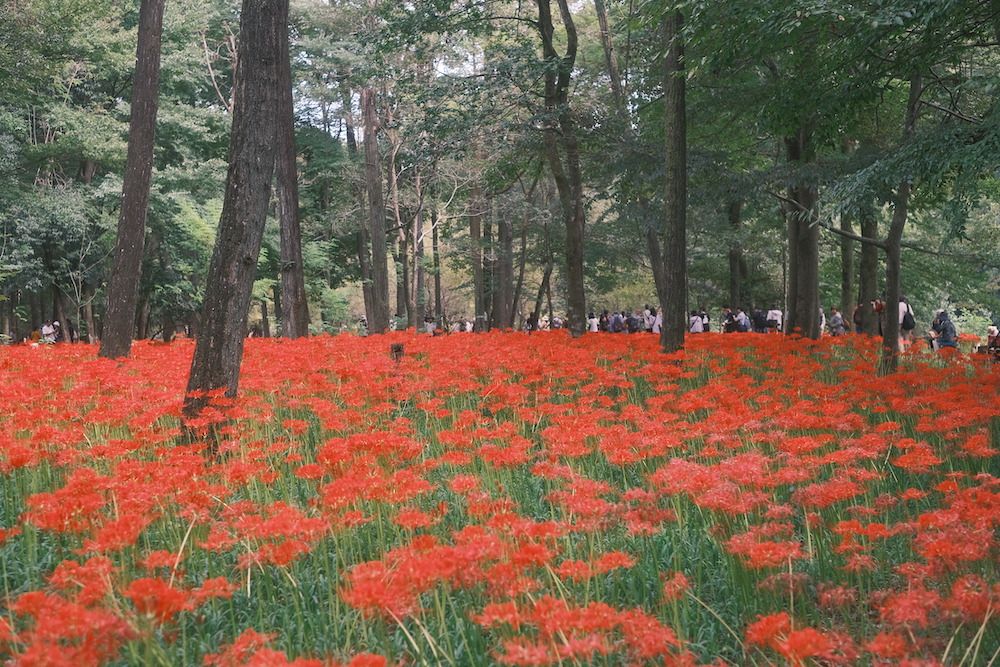
In the embrace of September, Japan's roadsides come alive with the vibrant hues of higanbana flowers. What might these blooms signify to you? Should you find yourself in Japan during this month, seek out these quietly flourishing flowers. Even if it's just one solitary bloom, it carries with it stories of ancestral reverence, the fleeting beauty of life, and the ephemerality of existence.
Download the Ikidane Nippon App: iOS / Android
Let us know if there is something that needs to be fixed: Feedback Form



